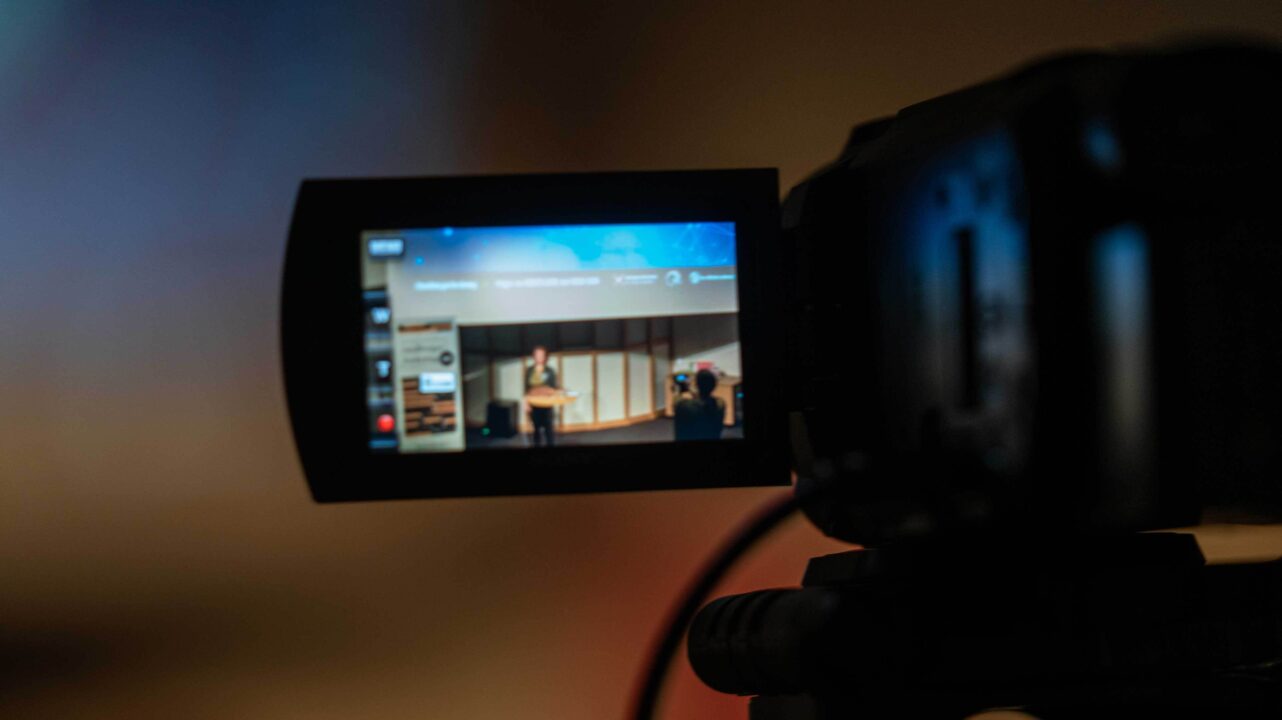Zoos are great; everyone loves them, especially children. They attract thousands of visitors from all social classes, age-groups and walks of life. Does this mean they are a good place for engaging people in research?
Yes, according to a new paper published by researchers from Scottish universities of Stirling and St Andrews. The researchers are based at the “Living links to Human Evolution Research Centre” at Edinburgh Zoo and carry out research into primate behaviour. The Living Links centre has a significant programme of engagement activities, including platforms where the public can view researchers working with the animals. Now, as well as studying animals, the researchers have also used novel ways of monitoring the behaviour of zoo visitors in order to establish how effective their engagement activities actually are.
These studies have revealed some interesting facts. For example, group size is a key factor in determining how long people stay within in the public engagement area. The larger the group, the longer people stayed. Surprisingly the number of children present made no difference in this respect. Watching research live (i.e. people studying monkeys) was far and away the most popular activity.
Disappointingly, one third of visitors did not visit the centre at all. Disappointing, but perhaps not surprising considering the broad make-up of zoo visitors. Visitors at zoos far out-number visitors to science centres or science museums, but are less likely to be inherently interested in science. Also the paper points out that many people make repeat visits to zoos, a factor not taken into account in the statistics. New innovations and interactive exhibits have significantly increased the time people spend at various exhibits, but only amongst the visitors already interested. It appears something new will be needed to reach out to the third who are not engaged at all.
These researchers, along with many others, recognise that it is vital that engagement activities are monitored and assessed. We need to know what works and what doesn’t, and to share the experiences with others. And it seems that for the majority of people, a trip to the zoo is one good way to find out a little more about biological science.
Photograph of researchers working with squirrel monkeys in the research room cubicles at the Living Links Centre at Edinburgh Zoo.
Link to centre: http://www.living-links.org/
Link to Zoo: http://www.edinburghzoo.org.uk/attractions/livinglinks/livinglinksresearch.html
Link to paper:http://www.plosone.org/article/info%3Adoi%2F10.1371%2Fjournal.pone.0034505

